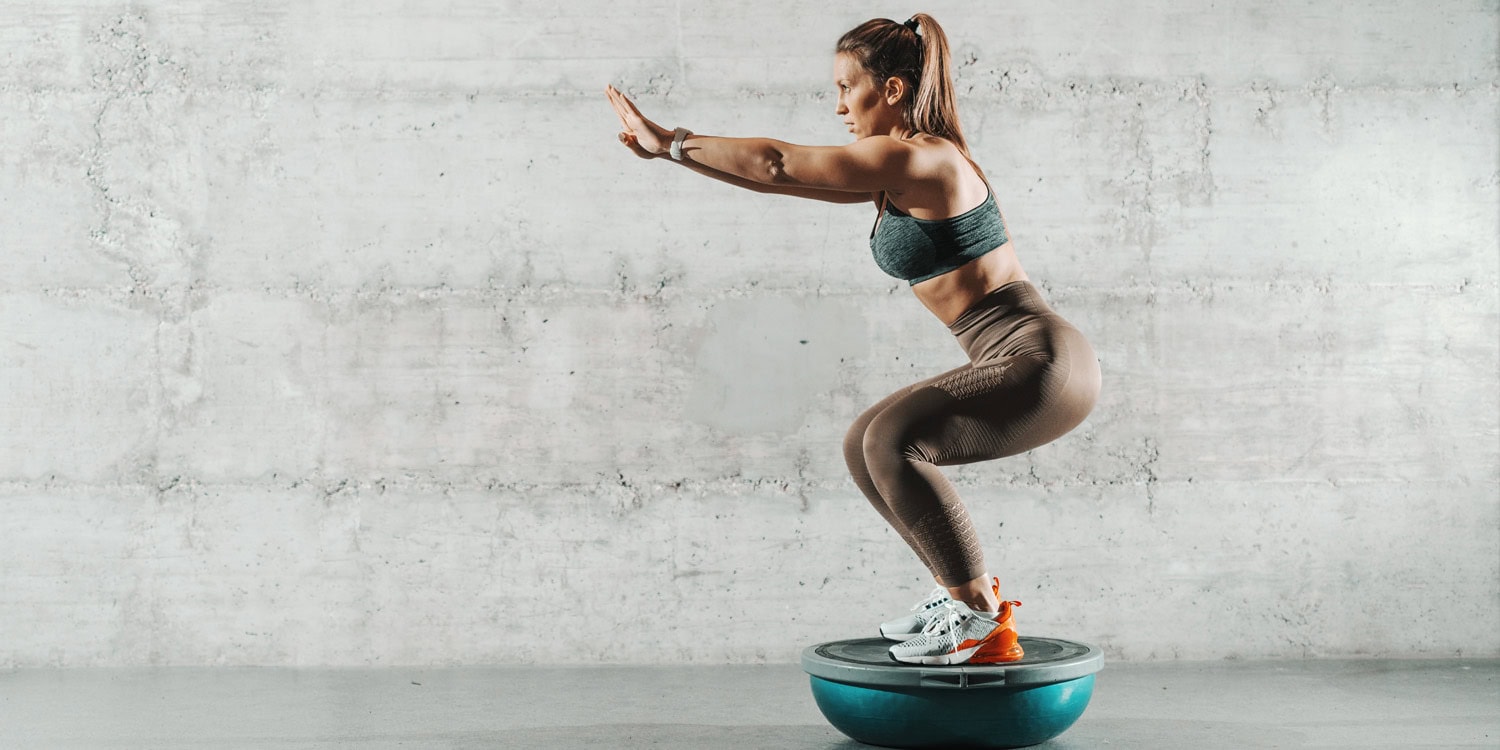A study in Germany found that individuals need to pay more attention to their actions when performing squats on an unstable surface compared to doing the same exercises on a stable surface. Performing squats on a stable surface reduced participants’ performance on a simultaneous cognitive task by 9%, while doing them on an unstable surface resulted in a 14% decrease in cognitive task performance. The study was published in the Journal of Cognitive Enhancement.
Resistance exercises are physical activities designed to improve muscle strength and endurance by working against a force or weight. Common forms of resistance include free weights, resistance bands, or body weight, such as in push-ups or squats. These exercises target specific muscle groups by creating tension that the muscles must overcome, leading to increased muscle mass and strength over time. Resistance exercises can also enhance bone density and boost metabolism.
Studies suggest that physical exercise may also improve cognitive and executive functioning. This could be particularly beneficial to older adults, potentially even offering some protection against age-related cognitive decline. However, for this effect to occur, it is likely that the exercises need to be cognitively stimulating—requiring mental effort in addition to physical exertion. Researchers are therefore interested in developing exercise regimens that impose cognitive demands as well as physical ones. Studies have shown that “mindless” aerobic and resistance exercises, which put little demand on cognition, may offer limited benefits to executive and cognitive functioning.
Study authors Lisa Claußen and Claudia Braun wanted to investigate whether performing squats on unstable surfaces increases the attention required to perform them compared to doing squats on stable surfaces. Their hypothesis was that more attention would be required to perform squats on an unstable surface than on a stable one.
Squats are a compound exercise that involves bending the knees and lowering the hips from a standing position, then returning to standing. This exercise trains lower-body muscles such as the quadriceps, hamstrings, and glutes. Squats can be performed without carrying additional weight, or by using weights such as dumbbells held in the hands or placed on other parts of the body.
The study included 57 older adults and 17 younger adults. In the older group, there were 26 females, and in the younger group, 7 females. Older participants were in their 60s and 70s, while younger participants were in their 20s.
Before starting the study, participants completed several screening assessments to ensure that performing physical exercises did not pose a health risk and to verify that they were free from neurological and psychological disorders. These assessments included the Montreal Cognitive Assessment, the Fall Efficacy Scale-International, and the Geriatric Depression Scale. Fourteen older adults were excluded from the study because dumbbell squats were too challenging for them.
During their first visit to the lab, participants underwent pretesting to familiarize themselves with the tasks they would perform—dumbbell squats and the Stroop task. The Stroop task is a cognitive test where individuals must name the color of a word’s font while ignoring the word itself. This creates a conflict when the word spells a different color (e.g., the word “red” printed in blue ink), requiring increased attention to provide the correct response. It is used to assess attention, or the participants’ ability to focus on relevant information while ignoring distractions.
During this initial visit, the researchers also adjusted the weights of the dumbbells each participant would use in the main testing session, based on participants’ physical strength. Participants performed squats either on an even surface (stable condition) or on the flat side of a Bosu® Balance Trainer (unstable surface).
Two days later, participants returned to the lab for the main testing session. They first completed a session in which they performed squats and the Stroop task separately. This was followed by a dual-task session where participants performed the Stroop task and squats at the same time, both on stable and unstable surfaces. Afterward, they again performed the two tasks separately. Each task lasted 30 seconds, with at least two minutes of rest between tasks and five minutes of rest between the single-task and dual-task sessions.
During analysis, the researchers excluded data from an additional 26 participants, whose data were deemed invalid due to improper squats or large response errors. This left a final sample of 13 young adults and 17 older adults.
The results showed that reaction times in the Stroop task increased significantly when participants performed it while doing squats compared to when they did the Stroop task alone. This indicates that performing squats consumes a considerable amount of a person’s attentional resources. Performing squats on an unstable surface further reduced Stroop task performance, with a 9% decrease in performance on a stable surface and a 14% decrease on an unstable surface.
“Our study found attentional resources while squatting exercises to be increased by surface instability. This finding is considered to emerge from increased perceptual load for both young and older adults. Therefore, unstable devices and free weights could provide a means to raise cognitive demands during resistance training,” the study authors concluded.
The study highlights the increased attention required when performing squats on an unstable surface. However, the researchers found no differences between older and younger participants in the attention required for this exercise (i.e., the performance decrease on the Stroop task during squats), which was unexpected. A likely explanation is that the group of older adults was highly selected, as many of the already preselected older participants were excluded from the analysis due to performance challenges.
The paper, “Challenge Not Only to the Muscles—Surface Instability Shifts Attentional Demands in Young and Older Adults While Performing Resistance Exercise,” was authored by Lisa Claußen and Claudia Braun.




